 April 10, 1985: During a fateful meeting, Apple CEO John Sculley threatens to resign unless the company’s board of directors removes Steve Jobs as executive VP and general manager of the Macintosh division.
April 10, 1985: During a fateful meeting, Apple CEO John Sculley threatens to resign unless the company’s board of directors removes Steve Jobs as executive VP and general manager of the Macintosh division.
This triggers a series of events that will ultimately result in Jobs’ exit. The marathon board meeting — which continued for several hours the next day — results in Jobs losing his operating role within the company, but being allowed to stay on as chairman. Things don’t exactly play out like that.

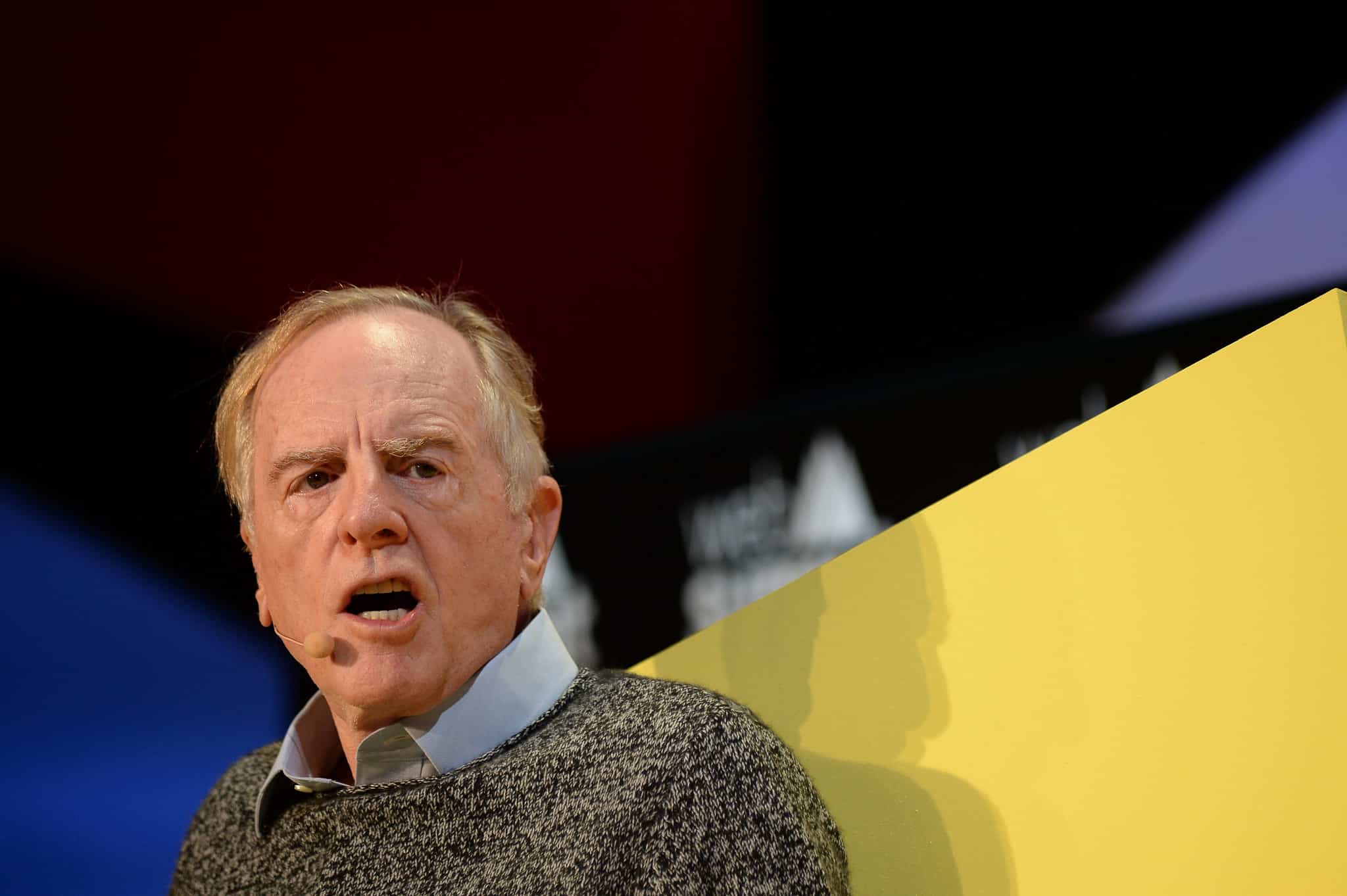
 April 8, 1983: John Sculley, former president of PepsiCo, takes charge as Apple’s third CEO.
April 8, 1983: John Sculley, former president of PepsiCo, takes charge as Apple’s third CEO.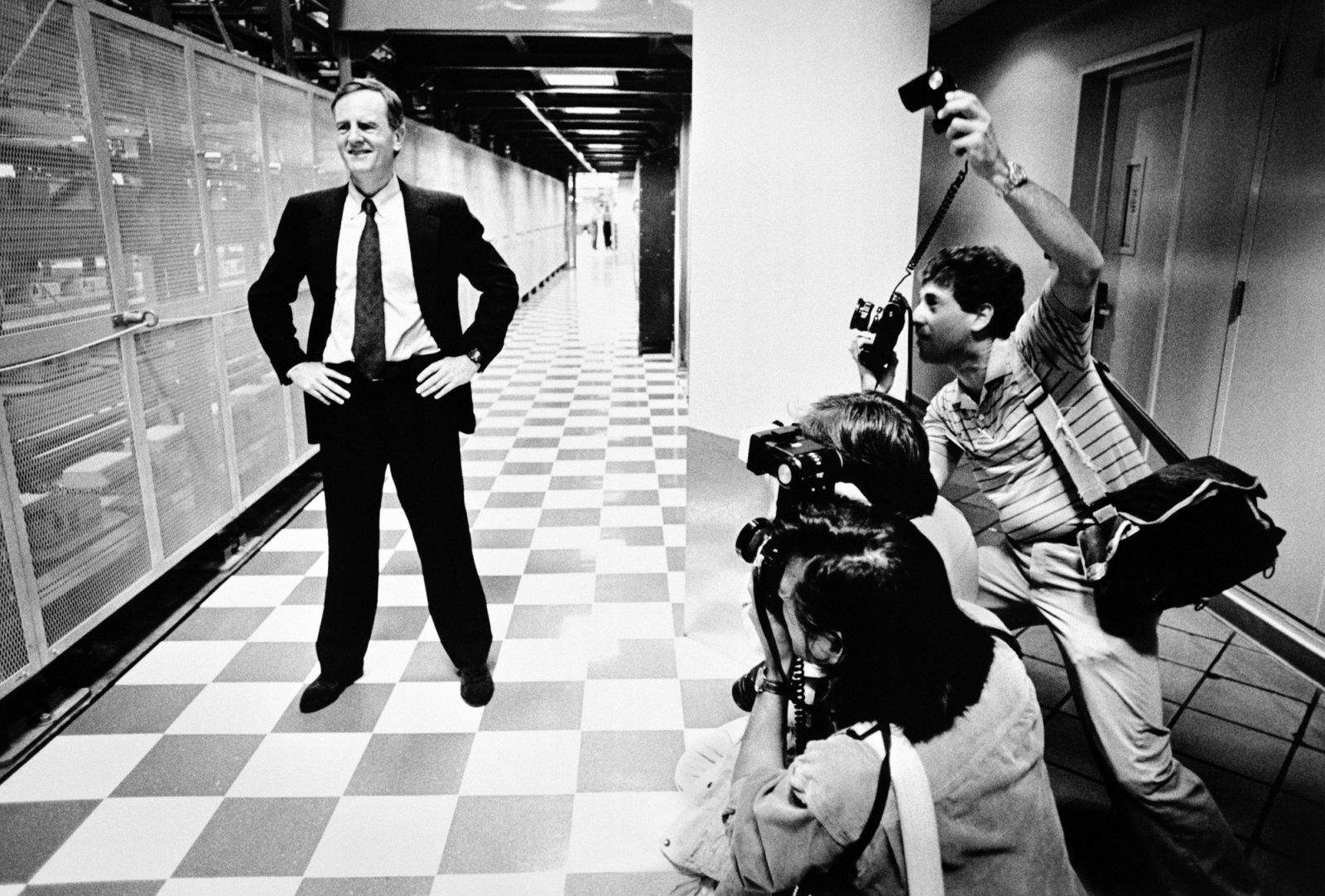
 April 6, 1939: John Sculley is born in New York City. He will grow up to be hailed as a business and marketing genius, eventually overseeing Apple’s transformation into the most profitable personal computer company in the world.
April 6, 1939: John Sculley is born in New York City. He will grow up to be hailed as a business and marketing genius, eventually overseeing Apple’s transformation into the most profitable personal computer company in the world.
 March 25, 1993: Apple executive Gaston Bastiaens bets a journalist that the eagerly anticipated Newton MessagePad will ship before summer ends. The prize? Bastiaens’ well-stocked personal wine cellar, worth thousands of dollars.
March 25, 1993: Apple executive Gaston Bastiaens bets a journalist that the eagerly anticipated Newton MessagePad will ship before summer ends. The prize? Bastiaens’ well-stocked personal wine cellar, worth thousands of dollars.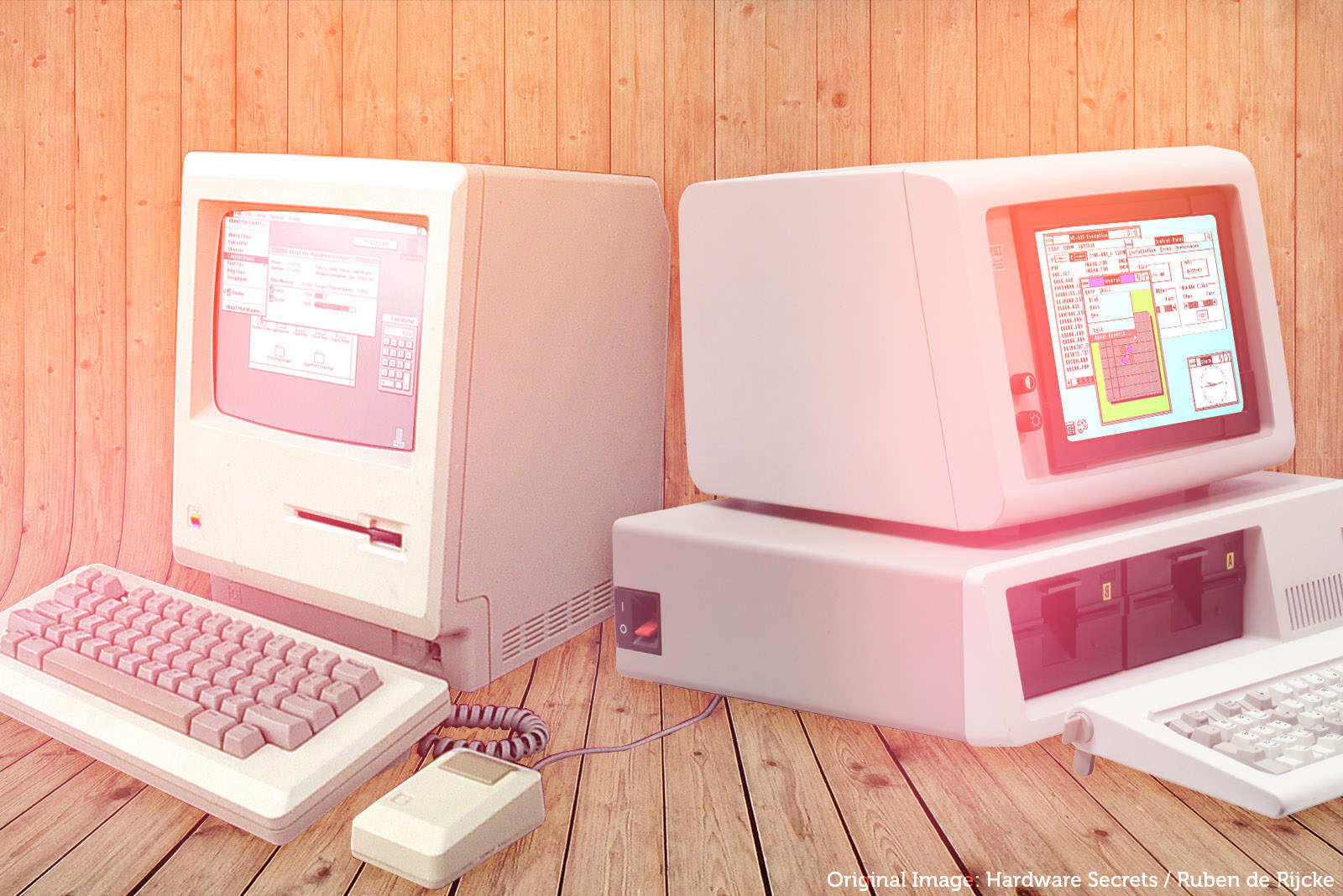
 March 17, 1988: Apple sues Microsoft for allegedly stealing 189 different elements of its Macintosh operating system to create Windows 2.0.
March 17, 1988: Apple sues Microsoft for allegedly stealing 189 different elements of its Macintosh operating system to create Windows 2.0.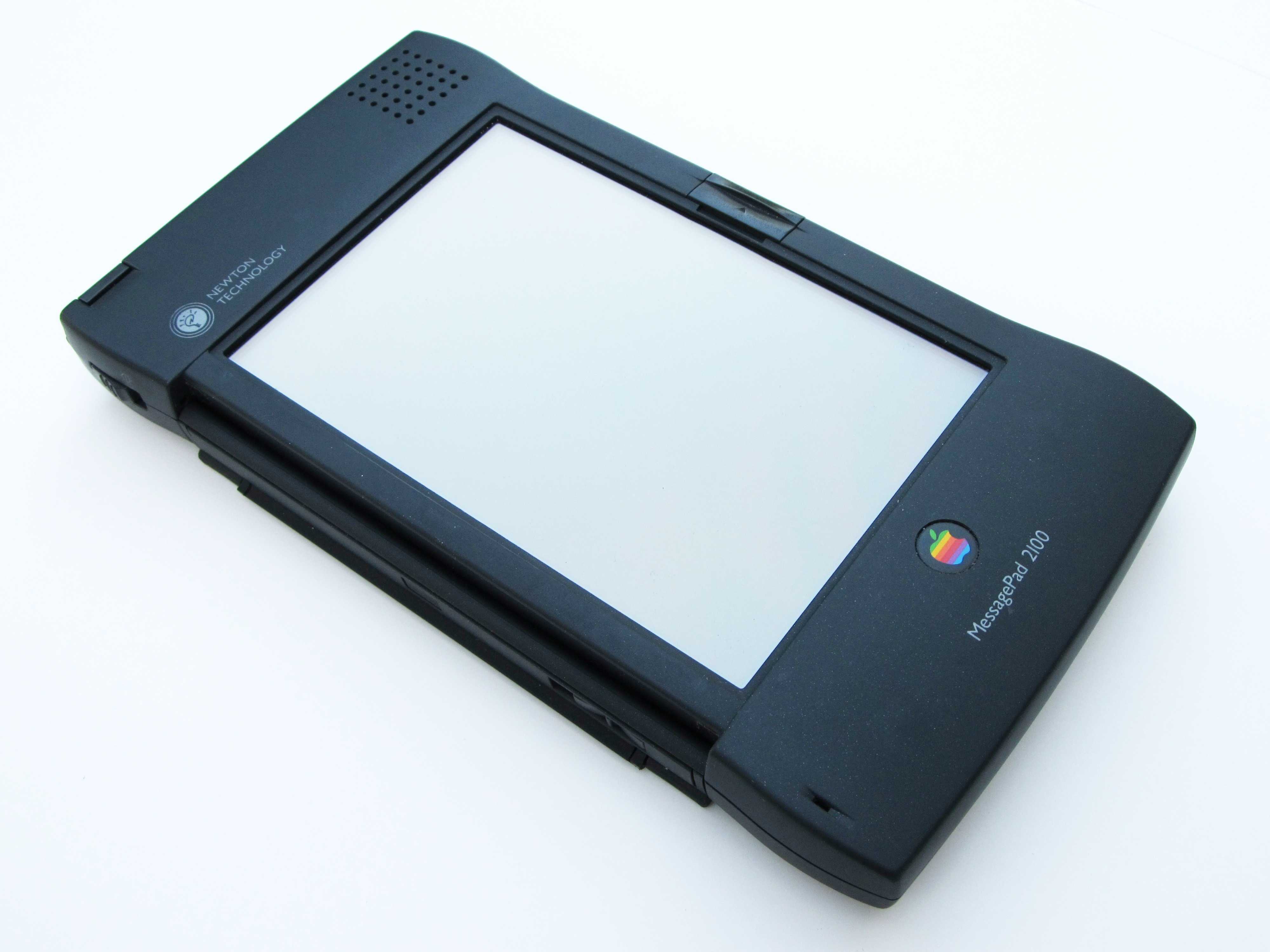
 February 27, 1998: Apple discontinues work on the Newton MessagePad product line, the series of personal digital assistants the company
February 27, 1998: Apple discontinues work on the Newton MessagePad product line, the series of personal digital assistants the company 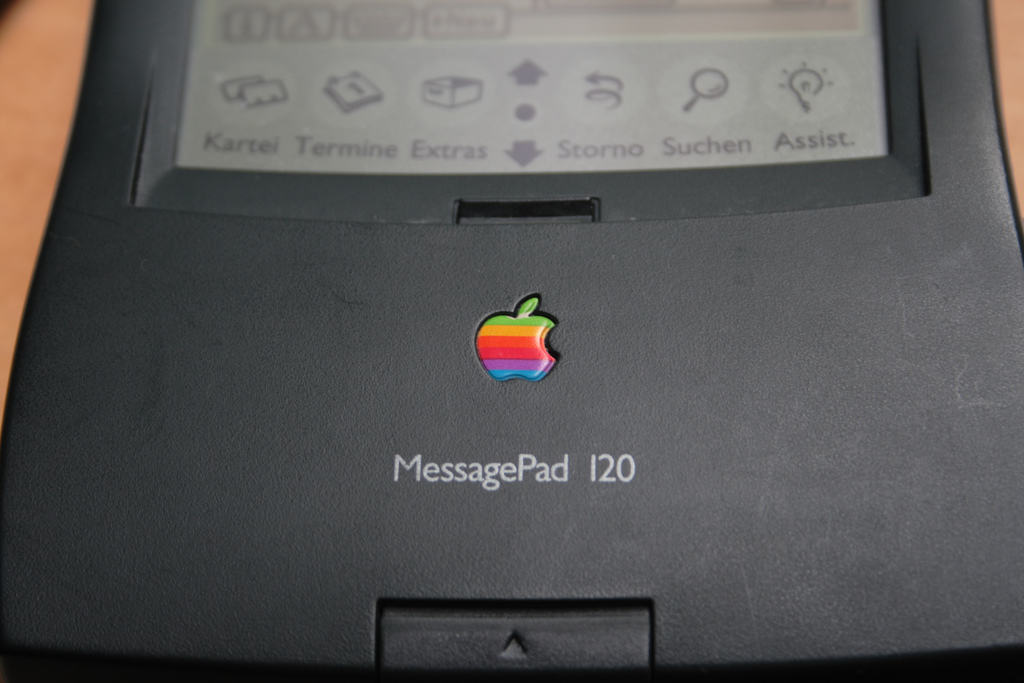
 January 30, 1995: Apple Computer launches the Newton MessagePad 120, the first truly great device in an unfairly maligned product line.
January 30, 1995: Apple Computer launches the Newton MessagePad 120, the first truly great device in an unfairly maligned product line.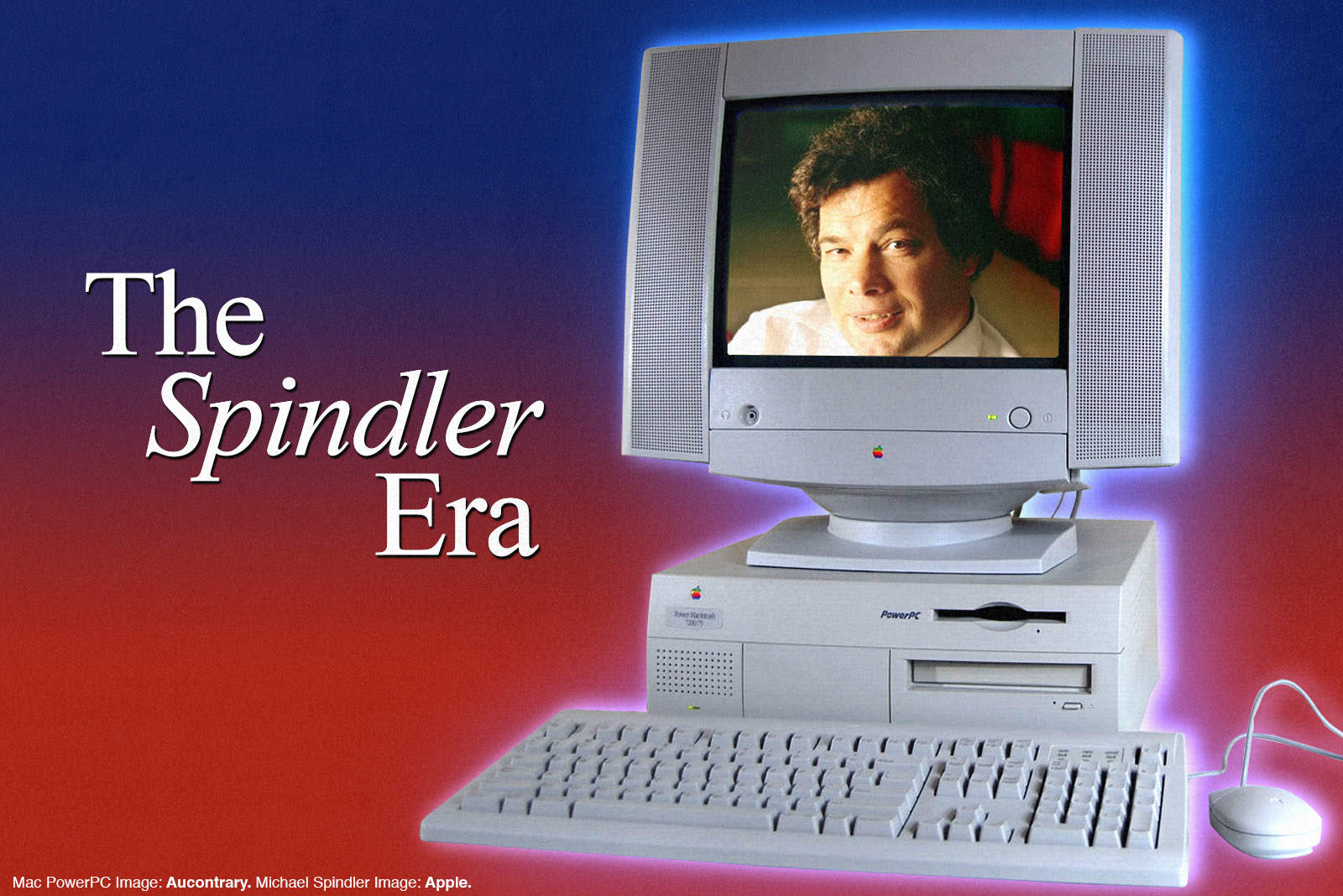
 January 29, 1990: Apple CEO
January 29, 1990: Apple CEO 
 January 22, 1984: Apple’s stunning “1984” commercial for the Macintosh 128K airs on CBS during the third quarter of Super Bowl XVIII.
January 22, 1984: Apple’s stunning “1984” commercial for the Macintosh 128K airs on CBS during the third quarter of Super Bowl XVIII.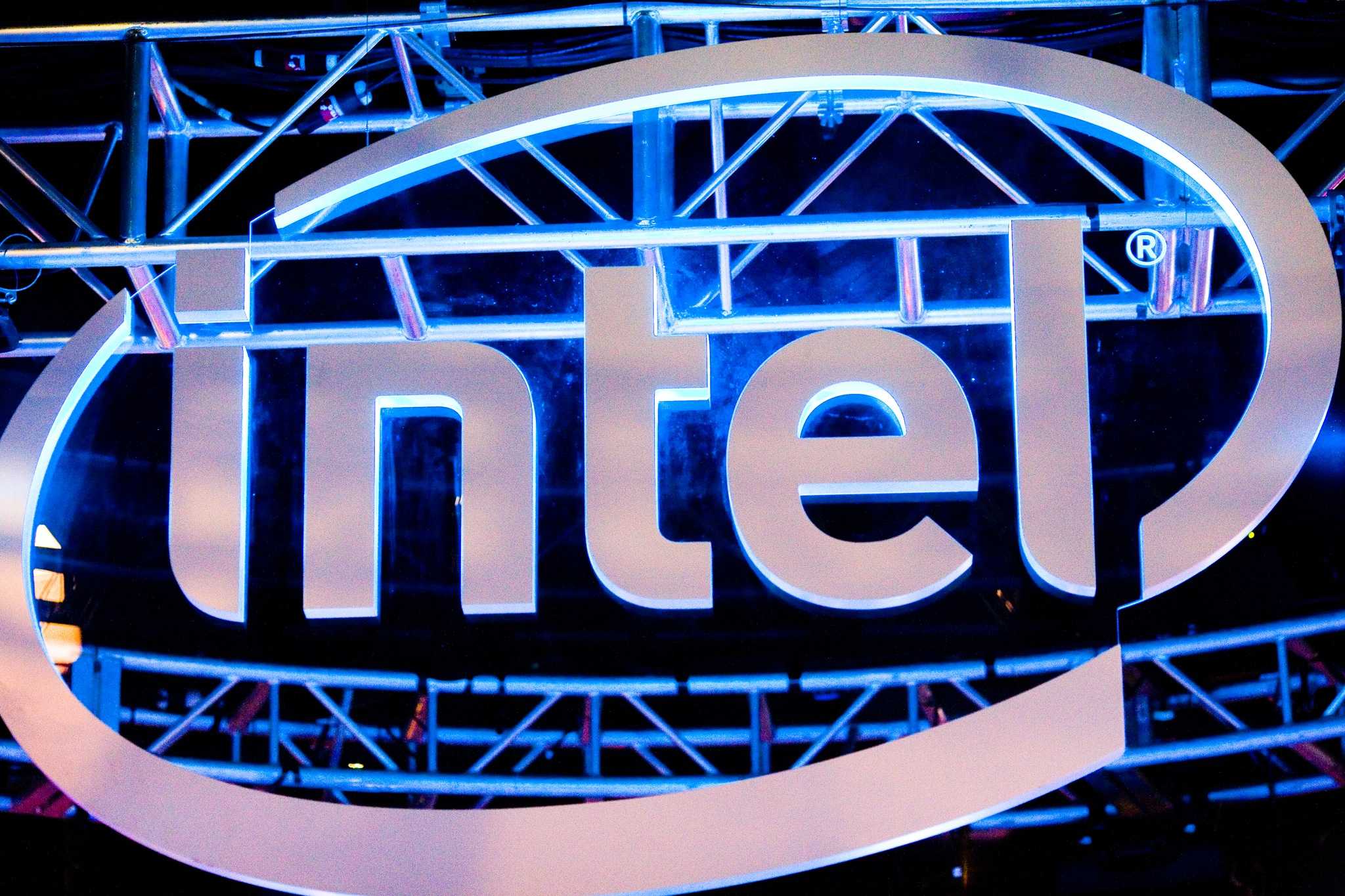
 December 4, 1992: Apple engineers demonstrate a “proof of concept” of the Mac operating system running on an Intel computer.
December 4, 1992: Apple engineers demonstrate a “proof of concept” of the Mac operating system running on an Intel computer. November 21, 1985: Following
November 21, 1985: Following 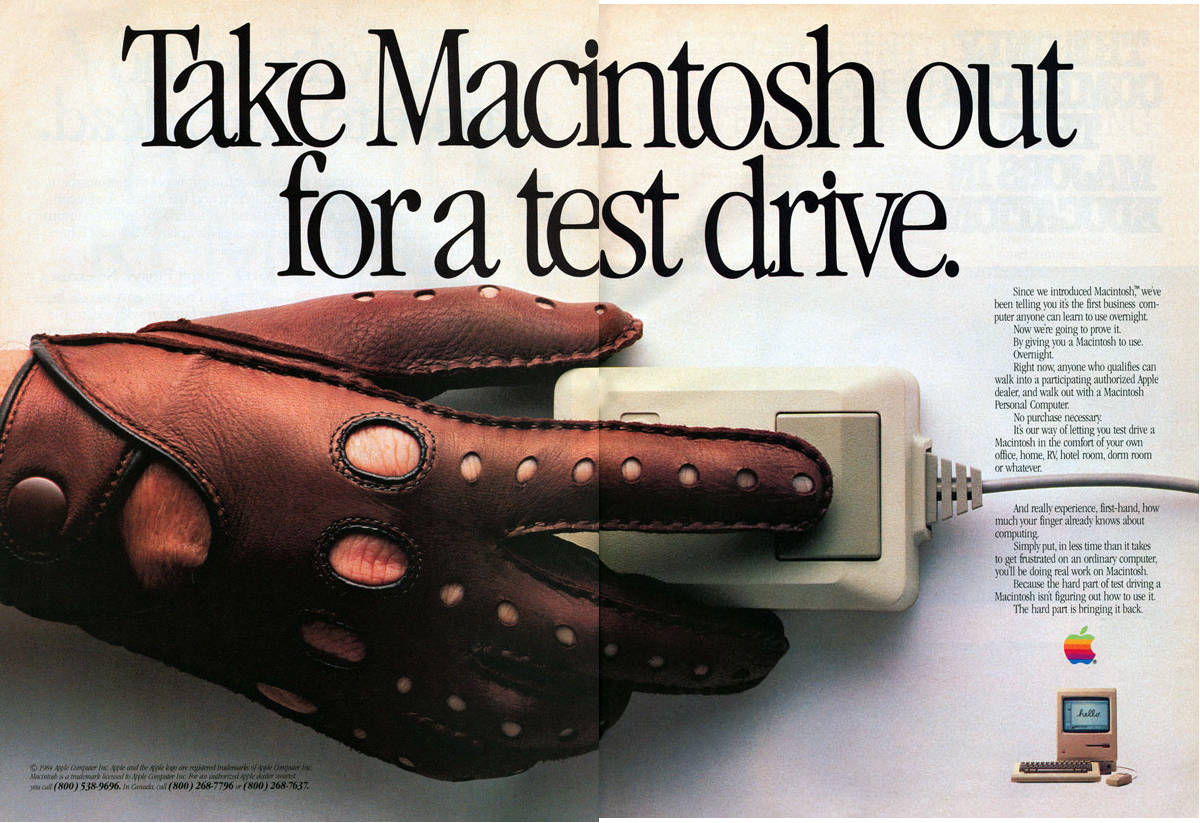
 November 8, 1984: After initial Mac sales prove disappointing, Apple CEO John Sculley dreams up the “Test Drive a Macintosh” campaign to encourage people to give the revolutionary new computer a chance.
November 8, 1984: After initial Mac sales prove disappointing, Apple CEO John Sculley dreams up the “Test Drive a Macintosh” campaign to encourage people to give the revolutionary new computer a chance.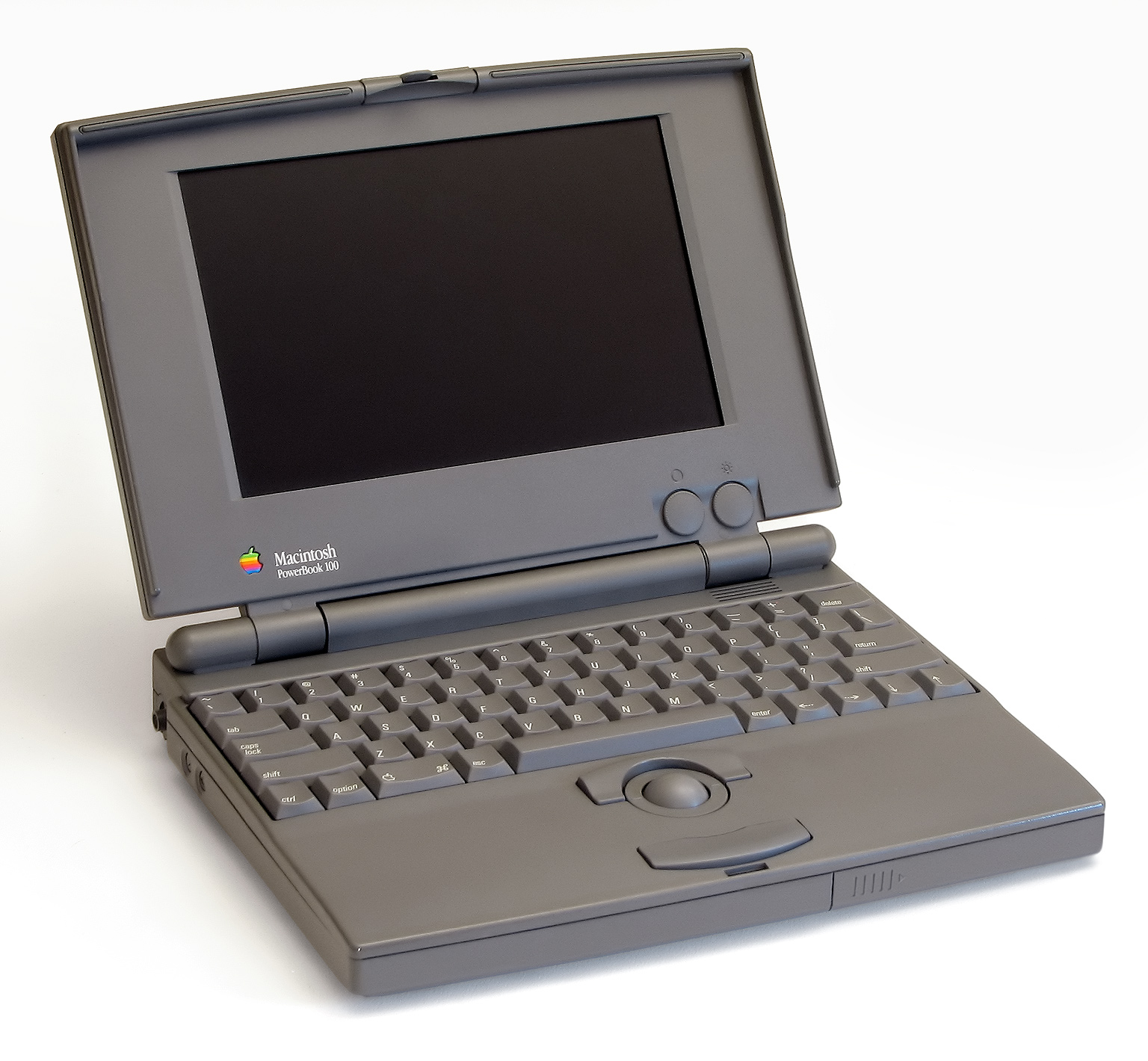
 October 21, 1991: Apple launches its PowerBook 100 series. The lightweight laptops quickly become one of the most important tech gadgets of all time.
October 21, 1991: Apple launches its PowerBook 100 series. The lightweight laptops quickly become one of the most important tech gadgets of all time.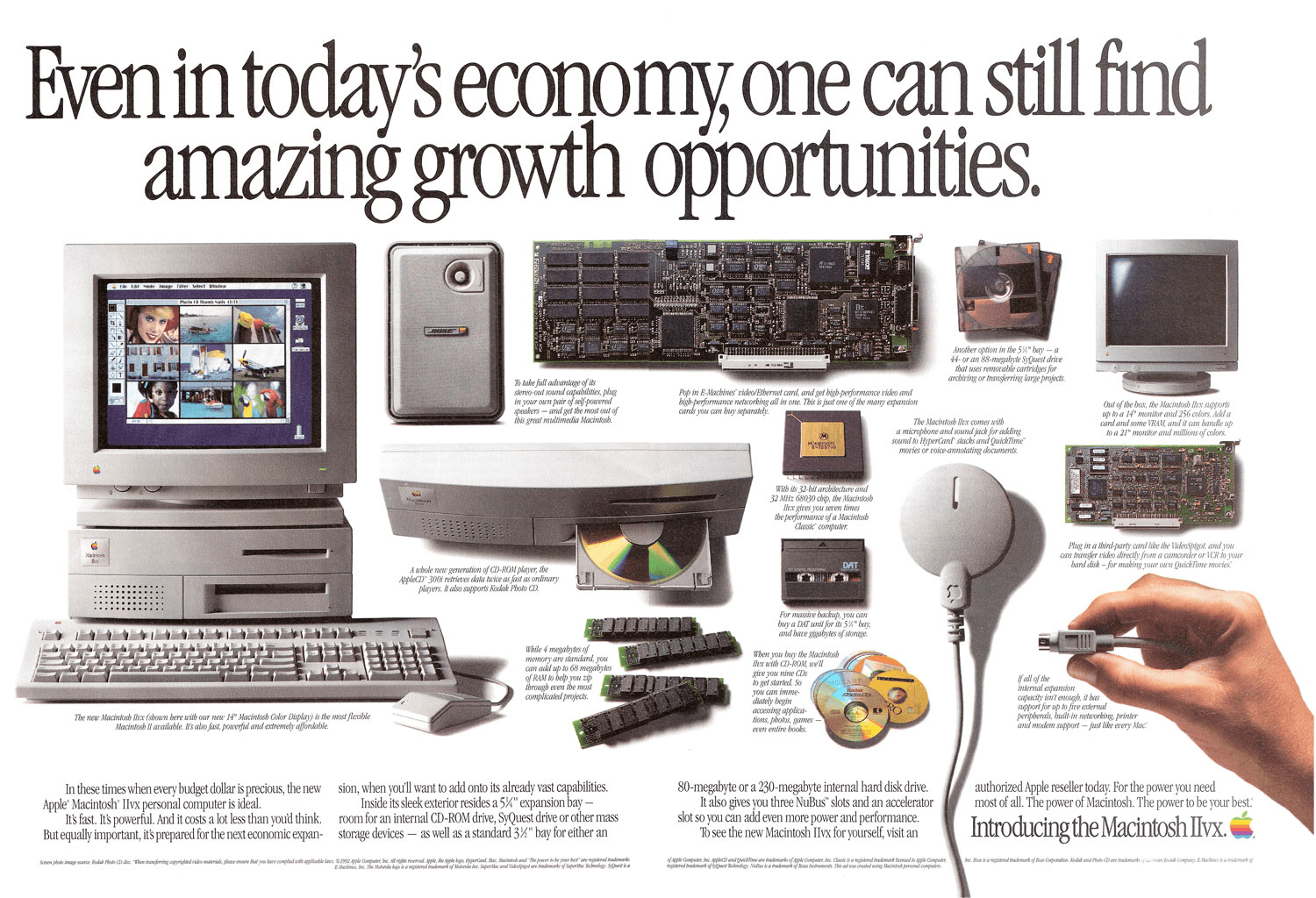
 October 19, 1992: Apple launches the Mac IIvx, the first Macintosh computer to ship with a metal case and, more importantly, an internal CD-ROM drive.
October 19, 1992: Apple launches the Mac IIvx, the first Macintosh computer to ship with a metal case and, more importantly, an internal CD-ROM drive. October 15, 1993: John Sculley, the former CEO responsible for forcing Steve Jobs out of Apple, is forced to leave the company himself.
October 15, 1993: John Sculley, the former CEO responsible for forcing Steve Jobs out of Apple, is forced to leave the company himself.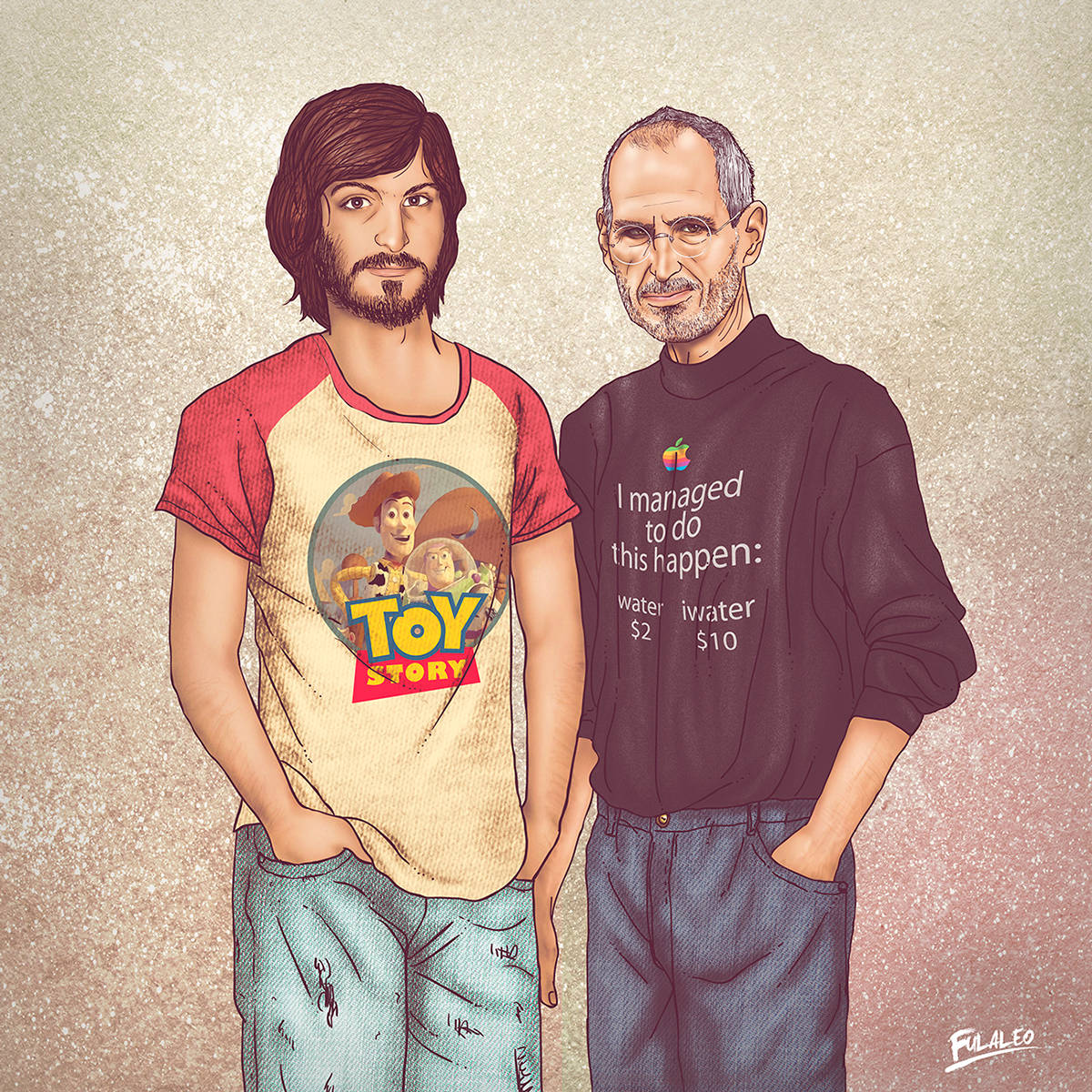
 September 16, 1985 and 1997: Twice on this day, Steve Jobs makes significant moves with regard to his career at Apple. In 1985, he quits the company he co-founded. Then, a little more than a decade later, he officially rejoins Apple as its new interim CEO.
September 16, 1985 and 1997: Twice on this day, Steve Jobs makes significant moves with regard to his career at Apple. In 1985, he quits the company he co-founded. Then, a little more than a decade later, he officially rejoins Apple as its new interim CEO.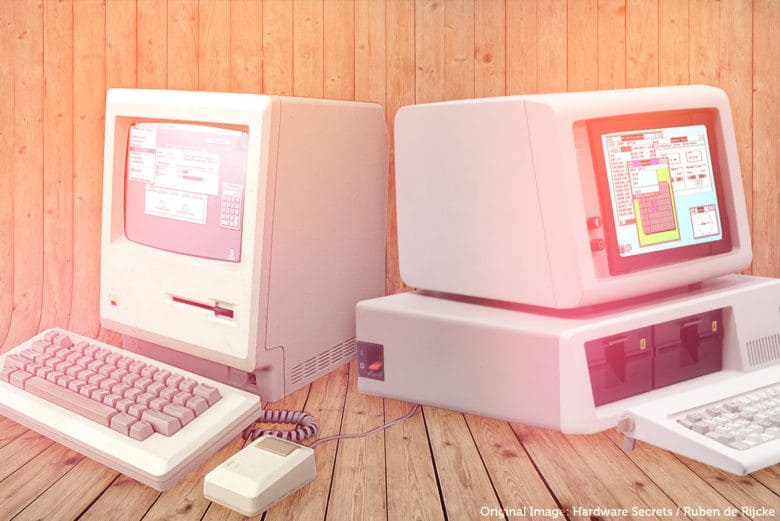
 August 14, 1991: As Apple and Microsoft head to court to battle each other, the tide begins to turn against Cupertino and its claims that Windows unlawfully copies the look and feel of Mac OS.
August 14, 1991: As Apple and Microsoft head to court to battle each other, the tide begins to turn against Cupertino and its claims that Windows unlawfully copies the look and feel of Mac OS. August 2, 1993: Apple debuts the MessagePad, the first product in its Newton line of handheld personal digital assistants.
August 2, 1993: Apple debuts the MessagePad, the first product in its Newton line of handheld personal digital assistants. July 25, 1989: Apple suffers a major setback in its copyright-infringement lawsuit against Microsoft for allegedly stealing the Mac’s “look and feel” to create Windows.
July 25, 1989: Apple suffers a major setback in its copyright-infringement lawsuit against Microsoft for allegedly stealing the Mac’s “look and feel” to create Windows.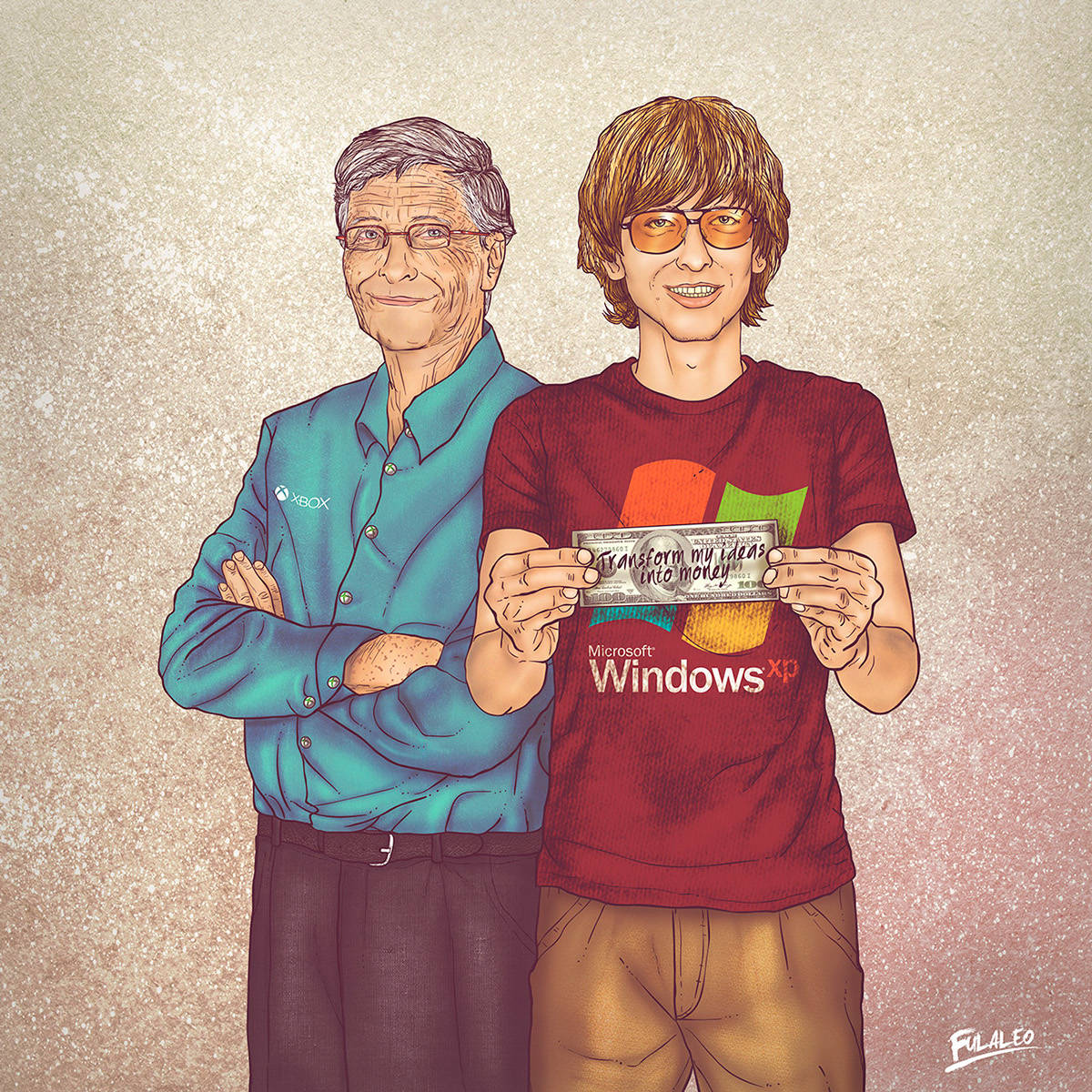
 June 25, 1985: Microsoft co-founder Bill Gates sends a memo to Apple execs suggesting that Cupertino should license its Mac operating system and additional technology to other companies.
June 25, 1985: Microsoft co-founder Bill Gates sends a memo to Apple execs suggesting that Cupertino should license its Mac operating system and additional technology to other companies.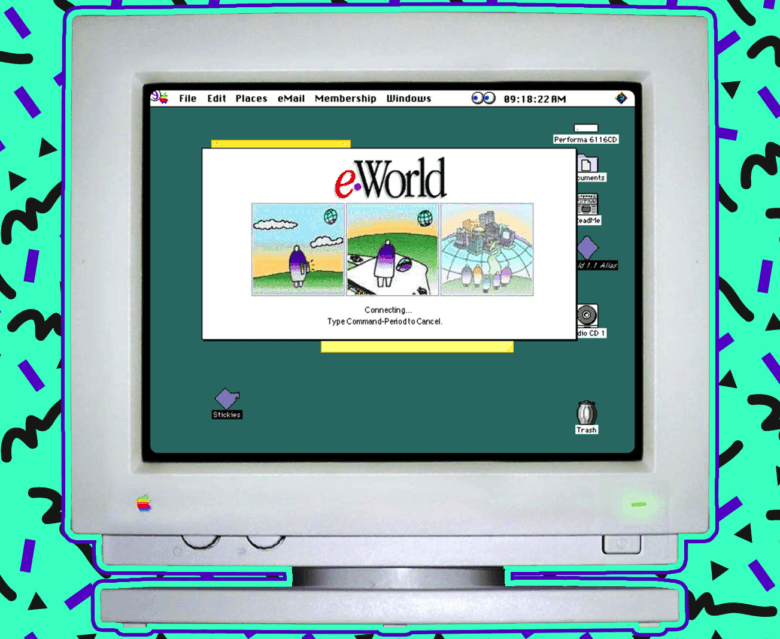
 June 20, 1994: Apple launches eWorld, a subscription service for Mac owners that’s designed to compete with America Online and other nascent online properties.
June 20, 1994: Apple launches eWorld, a subscription service for Mac owners that’s designed to compete with America Online and other nascent online properties. June 18, 1993: John Sculley steps down as Apple CEO after a 10-year run.
June 18, 1993: John Sculley steps down as Apple CEO after a 10-year run.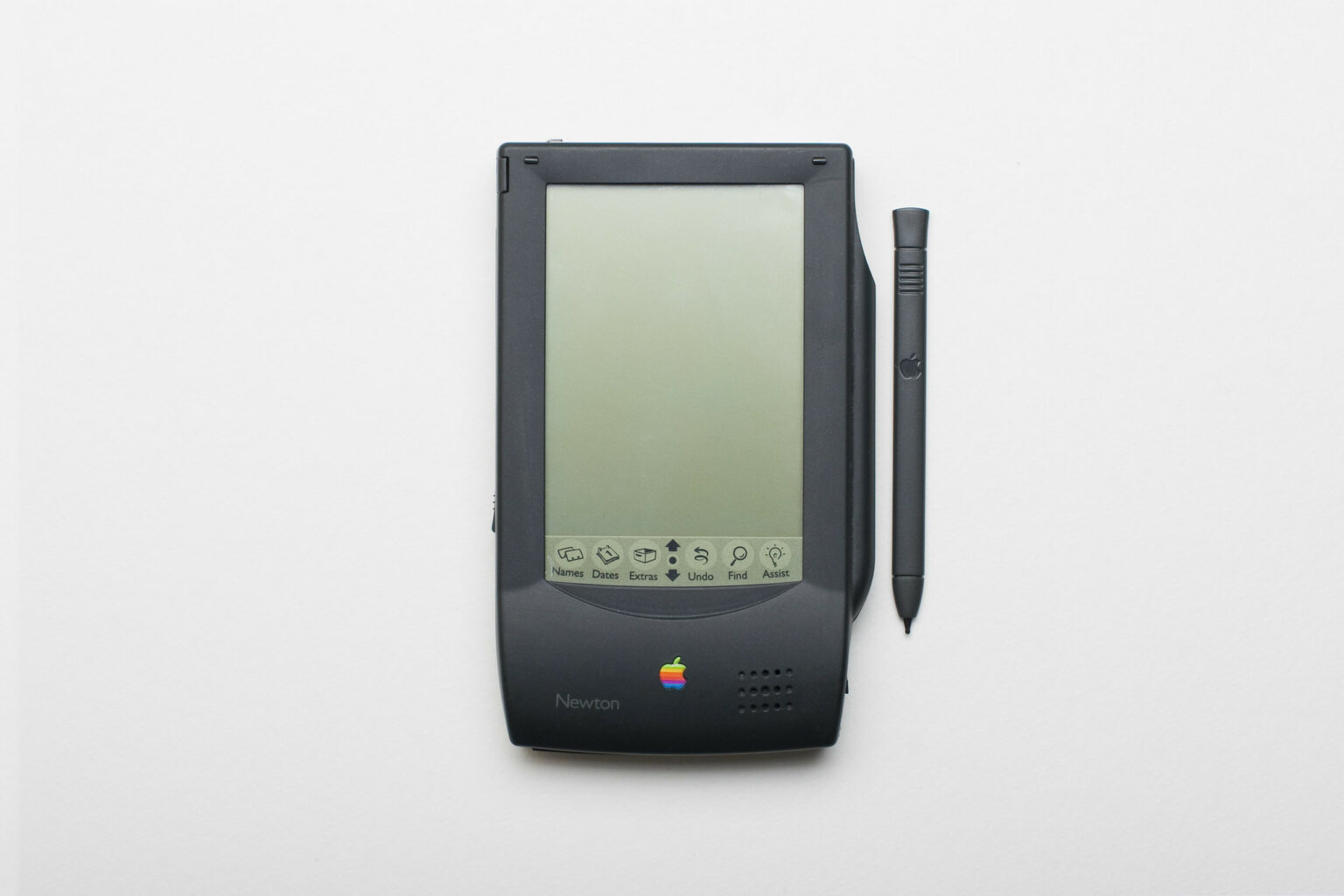
 May 29, 1992: Apple demonstrates the Newton MessagePad for the first time, showing how the upcoming PDA can be used to order a pizza and pull off other time-saving tricks.
May 29, 1992: Apple demonstrates the Newton MessagePad for the first time, showing how the upcoming PDA can be used to order a pizza and pull off other time-saving tricks. May 27, 1986: An exiled Steve Jobs takes a shot at Apple after the company ditches Chiat/Day, the ad agency that created the iconic “1984” Macintosh ad.
May 27, 1986: An exiled Steve Jobs takes a shot at Apple after the company ditches Chiat/Day, the ad agency that created the iconic “1984” Macintosh ad.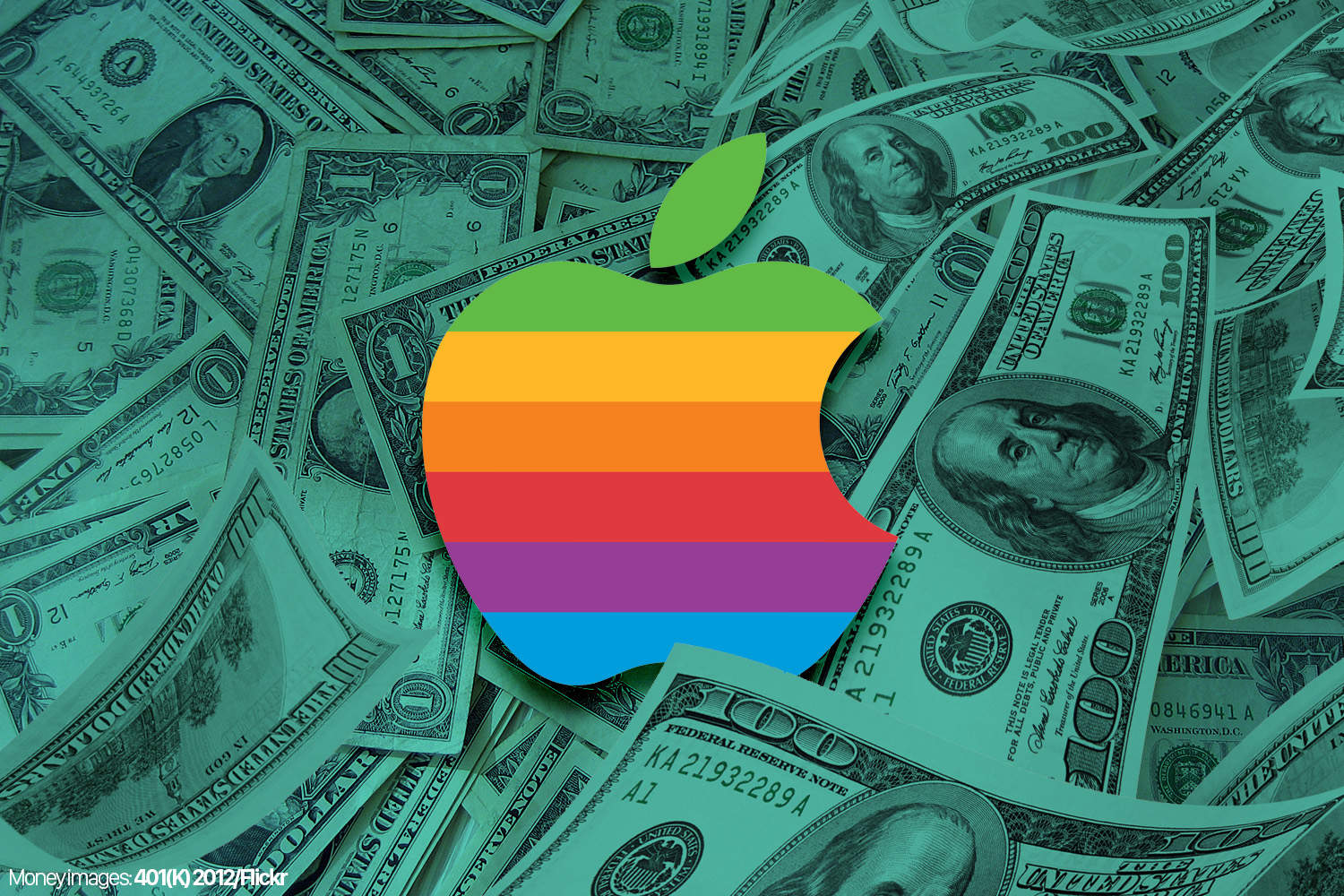
 May 26, 2010: In a massive milestone, Apple passes Microsoft to become the world’s most valuable technology company.
May 26, 2010: In a massive milestone, Apple passes Microsoft to become the world’s most valuable technology company.